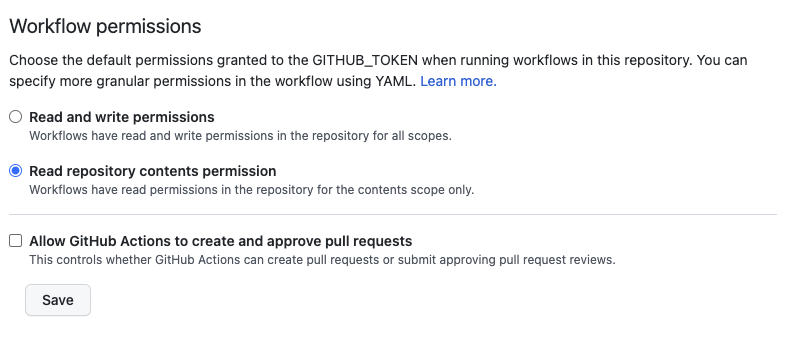Using Semantic Release with Github Actions
The purpose of having Semantic-Release is so that we can release workable versions to our users frequently. So we shouldn’t be releasing non-workable versions, so before we began to use semantic release, we should have our working branches ready, and releases should only happen in the master branch.
For today’s example, we are setting up semantic release on a nodejs angular application. We start by installing the Semantic Release npm package into our dev dependencies.
npm install -D semantic-release
Then we create a configuration file for our semantic release, named .releaserc.
branches:
- master
- name: alpha
prerelease: true
debug: true
ci: true
dryRun: false
plugins:
- "@semantic-release/commit-analyzer"
- "@semantic-release/release-notes-generator"
- "@semantic-release/github"
In our example above, I am enabling semantic-release to only run on the master branch or alpha branch only. And we indicate that alpha is a prerelease branch. We also overwrite the default plugins, to remove the @semantic-release/npm plugin as we have no intention to publish this to the npm registry.
When the github action runs, it uses an automatically generated token named GITHUB_TOKEN as the access to run the actions required. In order for it to do so, we need to allow the automatically generated token to have write permission. So, in the Settings, go to Actions > General, and scroll down to the Workflow permissions section, and select the Read and write permissions radio button. Don’t forget to click the save button.

Then, we can head over to our github to create the github action workflow so that semantic-release can be triggered. Click on the Actions tab in your github repository, and select the Node.js workflow. Adjust the script to be as below and commit directly to the master branch. It will be saved to the folder .github/workflows.
name: Node.js CI
on:
push:
branches: [ master, alpha ]
pull_request:
branches: [ master, alpha ]
env:
GH_TOKEN: ${{ secrets.GITHUB_TOKEN }}
jobs:
build:
runs-on: ubuntu-latest
strategy:
matrix:
node-version: [16.x, 18.x]
steps:
- uses: actions/checkout@v3
- name: Use Node.js ${{ matrix.node-version }}
uses: actions/setup-node@v3
with:
node-version: ${{ matrix.node-version }}
cache: 'npm'
- run: npm ci
- run: npm run build --if-present
- run: npm test -- --watch=false --browsers=ChromeHeadless
- run: npx semantic-release
In the above script, we create an environment variable in our script called GH_TOKEN as it is required by the @semantic-release/github plugin, and we assign the value of the automatically generated token by using $.
We also add the -- --watch-false --browsers=ChromeHeadless, because we are using Karma for testing, if by default watch=true, it will still hang there after finish running the tests. And there is no chrome browser in the github runner, so we need to specify ChromeHeadless for our browser when running the npm test.
In the last part, we added the run: npx semantic-release to run it.
So, every time we push or merge a pull request to either the master or alpha branch, github will automatically run the above script to provision a ubuntu, checkout the code from this repository, set up nodejs in the ubuntu runner, and run npm ci to install all the necessary dependencies specified in the package.json of this project, run the build and test, and finally run semantic-release. It will then go through the commits to determine if a release is required. If it is needed, a new release will be created.
To simulate creating a pre-release branch, since we haven’t quite started working on the app itself, we probably shouldn’t have a release yet. So we’ll create a branch named alpha, create a text with some mock features, and commit with the message feat(feat1): mock feature 1, and push it to our repo. As expected, semantic release will run and although it is only a new feat message that should only warrant a minor release, but since we are on version 0, and the recommendation of semantic release is to start from v1.0.0, the new release will be v1.0.0-alpha.1. Subsequent release in this alpha branch will be v1.0.0-alpha.2 and so on.
Then when we are ready to create our production version, we create a pull request to merge the alpha branch to our master branch. Semantic release will then run and create v1.0.0.
The sample for the above example is available on https://github.com/thecodinganalyst/semantic-node.
